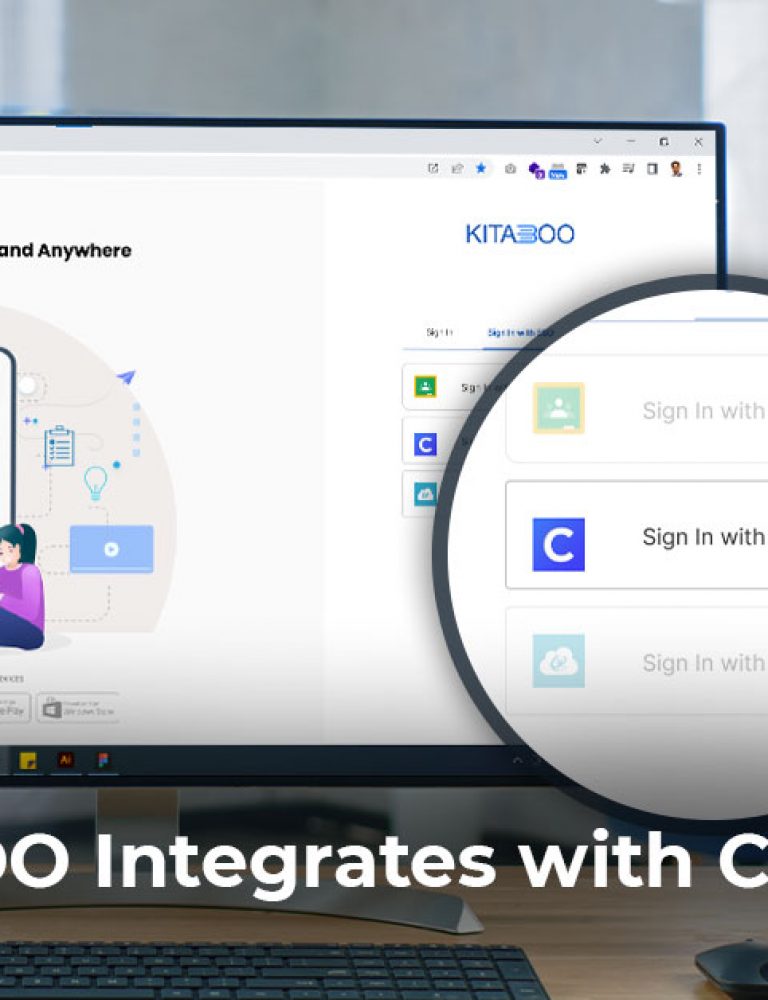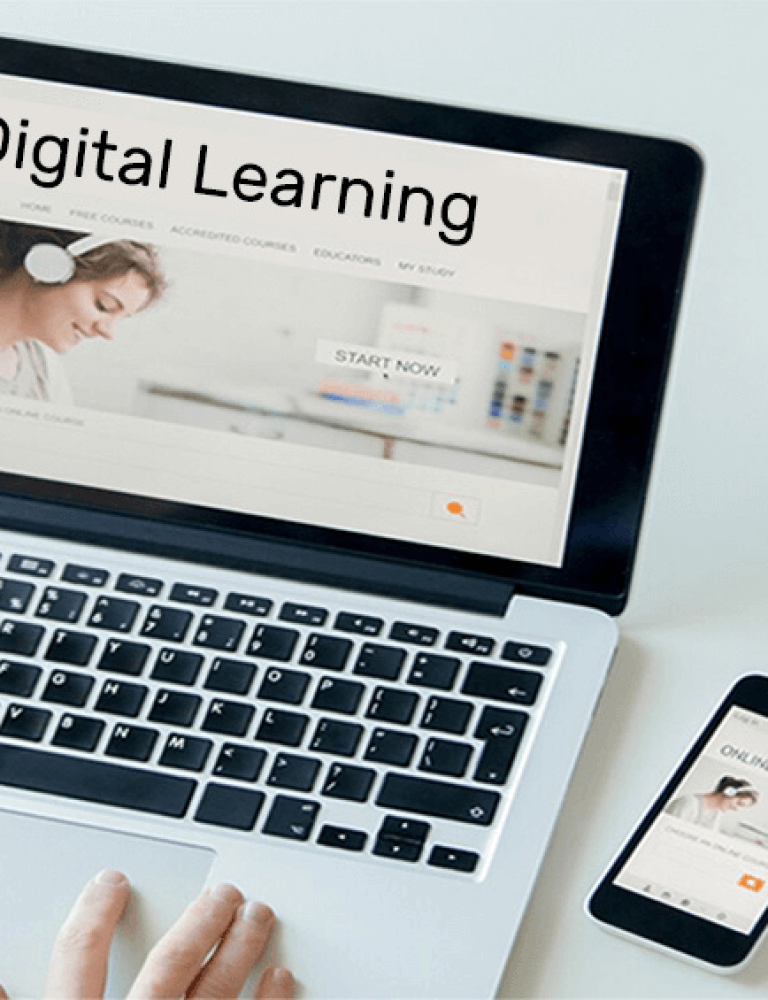The modern educational landscape is going through a phenomenal transformation driven by technology. Instead of traditional static or printed books, interactive textbooks are revolutionizing the way students learn.
Digital textbooks with interactivity not only capture students’ attention but also significantly enhance their learning experiences. This leads to better information retention while also keeping students engaged and motivated. Further, it also leads to better opportunities for enhancing your material/content with various interactive elements and improving the learning outcomes.
In this post, we will explore the concept of interactive textbooks and highlight how they are changing the face of modern education. Read on!
Table of Contents:
I. What Makes Textbooks Interactive?
II. The Role of Interactive Textbooks in Modern Learning
III. Implementing Interactive Textbooks in the Classroom
IV. Examples of Interactive Textbooks in Action
V. Future Developments in Interactive Educational Material
VI. Conclusion
What Makes Textbooks Interactive?
Below are the major elements that contribute to the interactivity of modern textbooks:
Videos
When compared to still photos, videos are a great way to provide more visual content to your textbook and increase student productivity. You can also optimize the videos you add or integrate videos from links if you want your textbook to be manageable.
Questions
Adding questions to digital textbooks allows you to ensure that your students understand the material in them. You can add a variety of question kinds to your textbook, including multiple-choice, drag-and-drop, and true/false questions.
Animation
Animation is a great way of demonstrating a particular sequence of events. When utilized properly, animation can enhance learning outcomes more quickly than static drawings and be a very useful tool for communicating stories.
Interactive Drag-and-Drop
Adding drag-and-drop activities within your interactive or digital textbooks allows you to ensure that students demonstrate understanding and build confidence. These drag-and-drop activities can be easily uploaded as HTML and later added to the content as an overlay or a clickable pop-up.
Embedded Third-Party Content
Additional third-party content or other sources that are accessible from within the textbook can improve your interactive textbooks. This might be in the form of surveys and questionnaires, or it could take the shape of exams where students merely need to complete the tasks at the end of each chapter.
In this context, digital textbook platforms like KITABOO come equipped with the features to seamlessly integrate these interactive elements, which enhances the overall learning experience.
The Role of Interactive Textbooks in Modern Learning
Interactive textbooks play a critical role in modern learning as they serve as an excellent means by which both publishers and educational institutes can keep students more engaged in the learning process.
With an increasing number of schools and universities focusing more on delivering interactive and immersive learning experiences with the aim of knowledge retention rather than just completing their syllabus, interactive textbooks offer an excellent solution to help publishers achieve this target.
It allows them to create digital textbooks loaded with various interactive elements (videos, audio, GIFs, popups, clickables, charts, links, etc) to ensure that students stay engaged and learn better.
Implementing Interactive Textbooks in the Classroom
Here are some major ways to integrate the interactive textbook in the classroom:
Digital Storytelling
Today’s digital world offers different media types, such as video animations and more, to help students understand a concept. Educators can include these elements in interactive textbooks to be able to better understand and comprehend the information.
Blended Approach
Blended learning is when teachers utilize both an offline and online approach to teaching that is synchronized with one another. Using an interactive textbook is a great idea here as it can easily support online and offline asynchronous learning while also keeping educators, students, and LMS connected.
Develop Literacy Skills
Integrating an interactive textbook into the school supply list is an excellent way to help students and educators grow within and outside of the classroom. It allows students to learn with varied methods, giving them multiple resources, making the overall education process much more engaging, and also preparing them for their digital futures.
Examples of Interactive Textbooks in Action
Here are some of the examples and case studies of interactive textbooks worth exploring:
Interactive Videos and Animations
This is a classic example of an interactive textbook that has been implemented by a large number of educational institutions. Interactive animations represent different learning resources that are designed to capture student’s attention and understanding better as compared to a traditional and passive style of learning.
Simulations and Scenarios
Scenarios and simulations are terms used to describe a variety of interactive teaching strategies found in textbooks. They aid in assessing students’ capacity for speedy decision-making and problem-solving. In addition, simulations are a useful tool for honing a variety of soft skills, such as leadership, problem-solving, and communication.
Games
Interactive textbooks use gameplay techniques that are engaging since they help students improve and develop particular skills. The goal of these interactive games is to include students in the learning process by pointing out their errors and providing nearly instantaneous feedback.
Future Developments in Interactive Educational Materials
Interactive textbooks and other educational materials have become quite popular during the last few years. An increasing number of educational institutes use it to facilitate better and more efficient learning opportunities and establish a whole new approach to education in general.
The future will see rapid development in the interactive textbook market, with authors and publishers creating their own interactive textbooks using various authoring software tools.
In this context, you can use digital textbook platforms like KITABOO to create and publish interactive educational materials. This platform provides authors and publishers with the tools needed to enhance traditional textbooks with multimedia content, quizzes, and other interactive features.
Conclusion
We are living in the age of digital transformation, where the traditional learning system is not as effective as before. This requires both educational institutions and other digital learning platforms to implement various interactive textbooks and other learning opportunities actively.
These interactive textbooks offer publishers and educational institutes an excellent way to keep students engaged in the overall learning process. And to achieve this target, publishers, and educators can create their own digital textbooks with KITABOO.
With our expertise, you can revolutionize the educational landscape by embracing the potential of interactive textbooks and digital learning opportunities.
Write to us at KITABOO@hurix.com for more info!
Discover How An Ebook Conversion, Publishing & Distribution Platform Can Help You
Kitaboo is a cloud-based content platform to create-publish & securely distribute interactive mobile-ready ebooks.
You May Also Like








